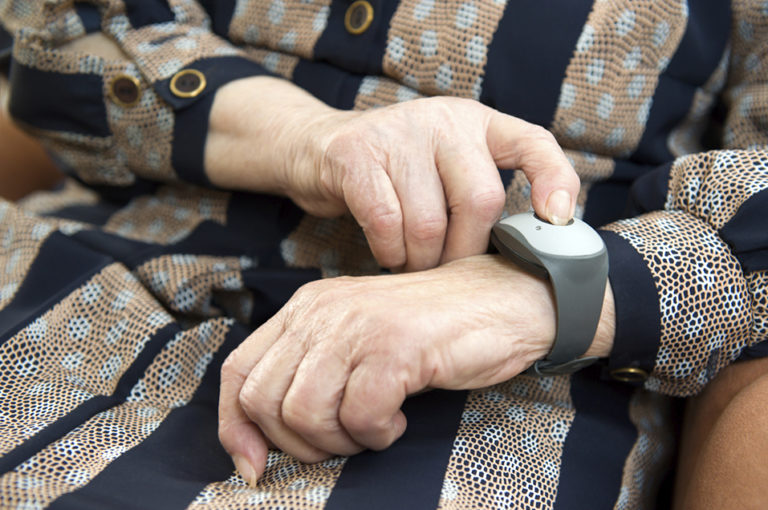Personal Emergency Response Service (PERS) devices are increasing in demand, fueled by the Baby Boomer population, who are now in their 60’s but are holding on to their independence and activity longer than previous generations.
As they age, the risk of injury becomes one of the biggest issues this generation faces, and their leading cause of injuries is falling. According to the Center for Disease Control, one-third of all seniors 65 and older will suffer a fall each year, and having one fall doubles their chance of falling again. These falls are the primary cause of both fatal and non-fatal injuries for seniors, including lacerations, broken bones, hip fractures, and head trauma. Even without a physical injury, a senior who cannot get back up after falling can have adverse health effects such as dehydration, pressures sores, muscle breakdown and more. The mental stress caused by falls causes many seniors to develop a fear of it. Because of the fear, they tend to reduce their activity, which weakens their body further and, ironically, increases the chances for additional falls. While a PERS device can’t stop a fall, it can give seniors and their families a sense of security in knowing they can reach help anytime they need it.
There are two types of PERS devices: traditional and mobile. A traditional device is meant for use around the home. A console unit plugs into a home telephone jack and can receive signals from a transmitter. The transmitter is held inside a pendant or bracelet worn by the user and can be activated with the push of a button. Once activated, the console contacts a response center who can talk to the user, determine the emergency, and send help.
While the traditional PERS devices is a great way for seniors with low mobility to safely stay in their homes longer, it’s not a practical solution for the growing number of seniors who no longer have a landline in their home. It also isn’t ideal for active seniors. They need the same type of safety measures in case of an accident, but they are still driving, taking walks, playing golf, and doing other activities outside the home. The needs of active seniors have given rise to the popularity of mobile PERS devices.
Mobile PERS, or mPERS devices, work in much the same way as a traditional one. The transmitter is contained in a watch, pendant, or keychain, and often has a built-in microphone and speaker. When the device is activated, it connects to a monitored response center using mobile technology. mPERS devices also include a GPS tracker so the dispatcher can locate the user and summon help.
Immediate response after a fall has been shown to decrease the need for hospitalization up to 26%, and decrease fatalities by up to 80%. PERS and mPERS devices are a sure way to ensure that response when an accident occurs.
